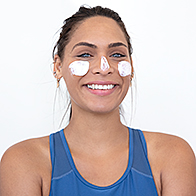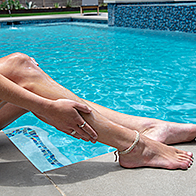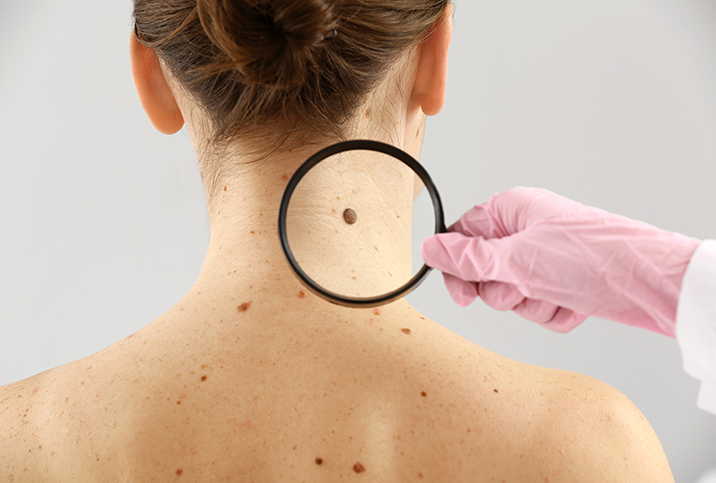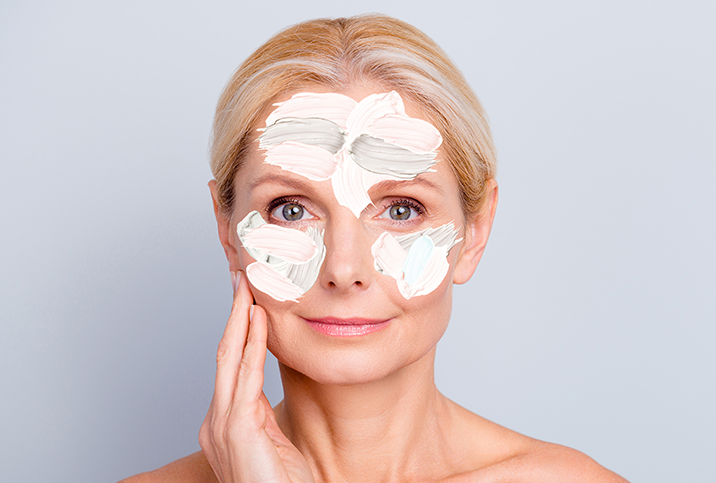The Importance of Sunscreen by Complexion Type
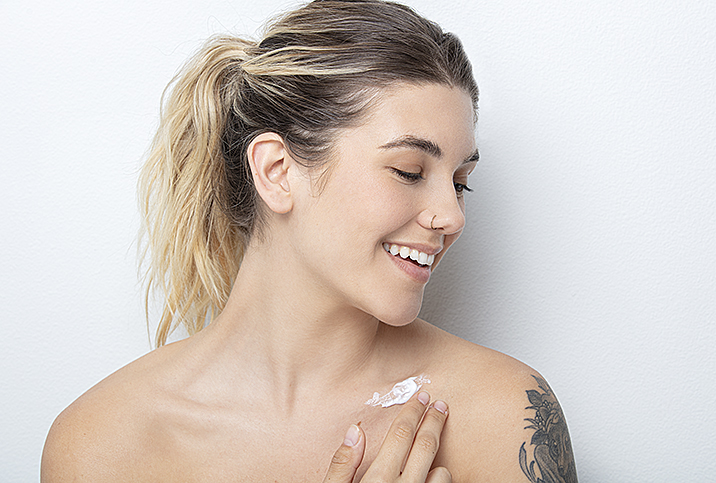
The color of our skin is an evolutionary response involving the balance of two important needs: protection from the sun's ultraviolet (UV) rays and our requirement to produce vitamin D through our skin's exposure to the sun.
Before sunscreen, supplemental vitamins and world travel, people living near the equator were shielded from the damage caused by the intense sun with darker-colored skin, while people farther away from the equator needed only lighter-colored skin to produce a sufficient amount of vitamin D with limited sunlight.
Today, with education and science, we can protect ourselves from sun damage and insufficient vitamin D. But that doesn't make us immune from the risk of skin cancer.
"Skin cancer is the most common form of cancer in the U.K.," said Adam Friedmann, M.D., a consultant dermatologist at Stratum Dermatology Clinics in England. The statistic is also true for the United States. "Most skin cancer is caused by UV light.
"Some skin types are more easily damaged by the sun, so it is important to know if you need to be extra-vigilant in protecting your skin," Friedmann added.
Fitzpatrick skin types
The Fitzpatrick skin type is a classification based on the skin's reaction to ultraviolet radiation from the sun following a period of non-exposure. It categorizes what happens to your skin on the first sunny, late-spring day when you find yourself outside with no sunscreen.
Friedmann described people's skin types as:
TYPE 1
- Extremely light-skinned
- Light-blue, gray or green eyes
- Light-blond or red hair
- Skin burns easily and peels without tanning
TYPE 2
- Fair-skinned
- Blue, gray or green eyes
- Blond hair
- Skin freckles; it usually burns and peels and rarely tans
TYPE 3
- Fair to beige skin tone
- Hazel or light-brown eyes
- Dark-blond to light-brown hair
- Skin can tan, but freckles and burns occasionally
TYPE 4
- Olive or light-brown skin tone
- Dark-brown eyes
- Dark hair
- Skin usually tans without freckling or burning
TYPE 5
- Dark-brown skin tone
- Dark-brown eyes
- Dark-brown or black hair
- Skin always tans and rarely burns or freckles
TYPE 6
- Very dark skin tone
- Dark-brown eyes
- Dark-brown or black hair
- Skin never burns or freckles and always tans darkly
Friedmann broke down a dermatologist's advice according to the skin types:
- Types 1 and 2 have a very high risk of sunburn and sun damage, including an increased risk of developing skin cancer. These people see earlier signs of aging, such as sunspots, age spots and freckles.
- Types 3 and 4 are also at risk of sun damage, but they are likely to tan when exposed to sunlight. People in this group need to be vigilant about protecting their skin even though it may appear they are less vulnerable.
- Types 5 and 6 rarely burn unless exposed to particularly intense sunlight, though they may still experience damage to their skin.
Why we resist using sunscreen
Despite knowing sun exposure leads to skin cancer, a 2020 RealSelf Sun Safety Report showed 46 percent of Americans never wear sunscreen and only 11 percent wear it daily. The survey revealed the main reason people have for not wearing sunscreen is they didn't think they really needed it; either they didn't expect to be outside long enough or believed they wouldn't burn given their complexion.
"Before I was diagnosed [with cancer], I didn't spend much time outside," said Cally Ingebritson, 38, and a 2.5 on the Fitzpatrick scale. "I'm originally from Minnesota, where there's no sunlight nearly half the year and people spend tons of time inside during winter."
In 2018, Ingebritson moved to San Diego, where she is a financial coach for her business, Chillax Finance. She also took up biking. After being in the Golden State for a year, she noticed a bump on her scalp.
"When I'd shower, the bump would slough off and it looked like an open wound," she said. "It'd get smaller but it never truly went away."
After two years, she consulted a dermatologist. A biopsy revealed she had basal cell carcinoma.
"Even though it wasn't life-threatening, it was alarming to hear the word 'cancer,'" said Ingebritson, who is now free of cancer. But the scare changed her.
"I've been diligent about using SPF on nearly all my exposed skin while I'm outside," she said, adding that she has also started wearing hats and an SPF powder for her scalp.
Another obstacle to wearing SPF is concern about the ingredients in conventional sunscreen, particularly the high level of oxybenzone, a potential hormone disruptor. This was highlighted in a 2021 report from the European Commission's Scientific Committee on Consumer Safety.
Additionally, ingredients in most sunscreens can kill coral reefs. In 2021, Hawaii passed a law banning the sale of products containing oxybenzone and octinoxate, but even "natural" sunscreens with mineral nanoparticles damage oceans and reefs.
A sensible plan to protect your skin, your hormones and the Earth
There are enough competing concerns regarding sun protection to make you throw your hands up and declare you won't go outside. Actually, that is a reasonable technique: Avoid direct exposure to the sun from 10 a.m. to 4 p.m.
This is not always doable or desired, though, and even filtered sun exposure, such as through a car window, can be detrimental. Cue: sunscreen. "The best sunscreen is one you will use," said Beth Goldstein, M.D., founder of Central Dermatology Center in North Carolina.
"Mineral-based sunscreens have come a long way with micronized and almost invisible options that are lightweight for daily use," she continued. "Mineral-based sunscreens contain zinc oxide, titanium oxide and, if tinted, often iron oxide, that if applied correctly, are excellent ingredients to use for reducing UV damage."
A multipronged approach is best for sun safety: Avoid the midday sun, wear hats, cover your skin with long sleeves, wear sunglasses and wear sunscreen on exposed skin, including the back of your hands when you are driving. Remember, the lower your Fitzpatrick skin type, the more diligent you need to be.







